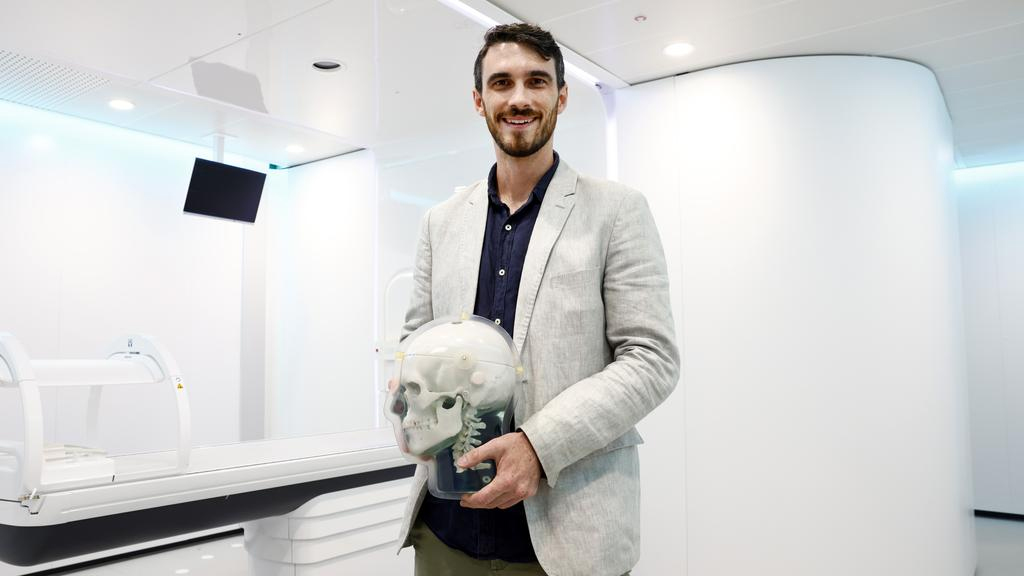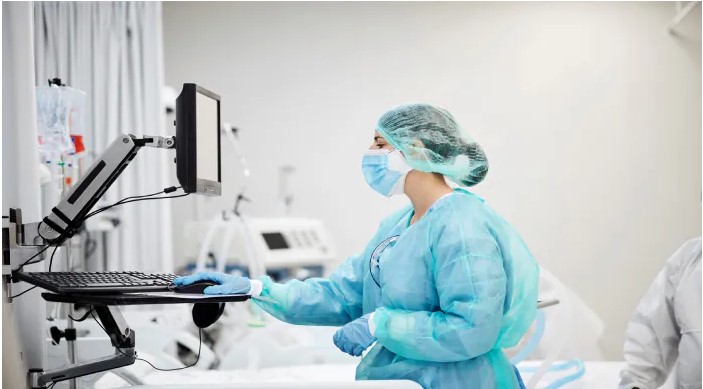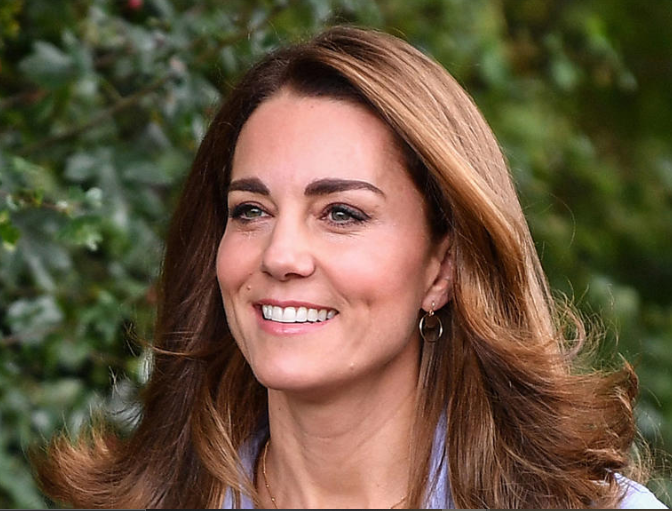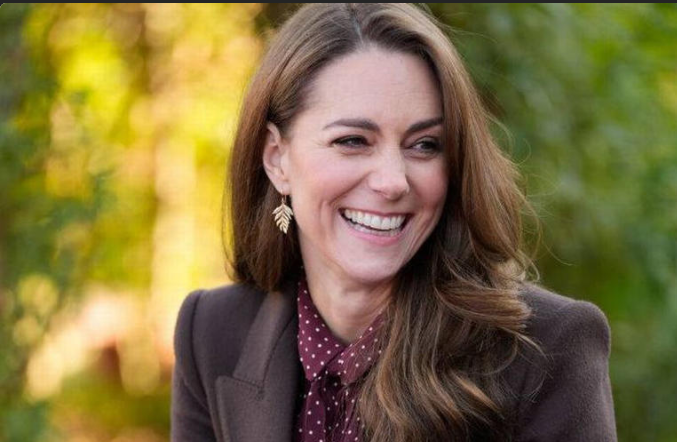
Sydney researchers are developing new technologies for cancer treatment using artificial intelligence.
They hope that these innovations will help avoid unnecessary exposure to harmful radiation.
Artificial intelligence is at the heart of this revolutionary development.
Advanced treatment techniques and the importance of precision in targeting tumors
Dr. David Waddington, a researcher and medical physicist at the University of Sydney, uses the advanced MRI-Linac machine, which is limited in number in Australia,
and only one is in clinical use in New South Wales.
Unlike traditional systems that rely on X-rays, the MRI-Linac offers a greater ability to image tumors dynamically.
This allows the movement of tumors during breathing to be monitored.
In this context, Dr. Waddington explains:
“Tumors in the body, such as the liver, move up to five centimeters during breathing.
It is difficult for radiotherapists to target the tumor accurately and avoid surrounding healthy tissue.
This leads to avoiding toxic side effects.”
AI’s role in improving treatment accuracy
Dr Waddington and his team at St Vincent’s Hospital have developed technologies that integrate AI into MRI-Linac machines to reconstruct images with greater clarity and precision, helping oncologists adjust radiation guidance in real time to track tumour movement more accurately.
“We’re working on using AI to turn a single image into a more accurate, wide-angle image of the abdomen, much like ChatGPT generates a long text from a single sentence, and we’re aiming to do this very quickly,” Waddington explained.
International collaborations and the future of AI in cancer treatment
Dr Waddington has been collaborating with researchers at Harvard University for about five years, following a surge in interest in using AI in cancer treatment during the COVID-19 pandemic.
Despite the advances, Waddington believes it will be another 10 years before these technologies are widely adopted.
“Australia has some of the most advanced clinical research, but we need to develop further to catch up with the advances in AI in medicine,” he added.







